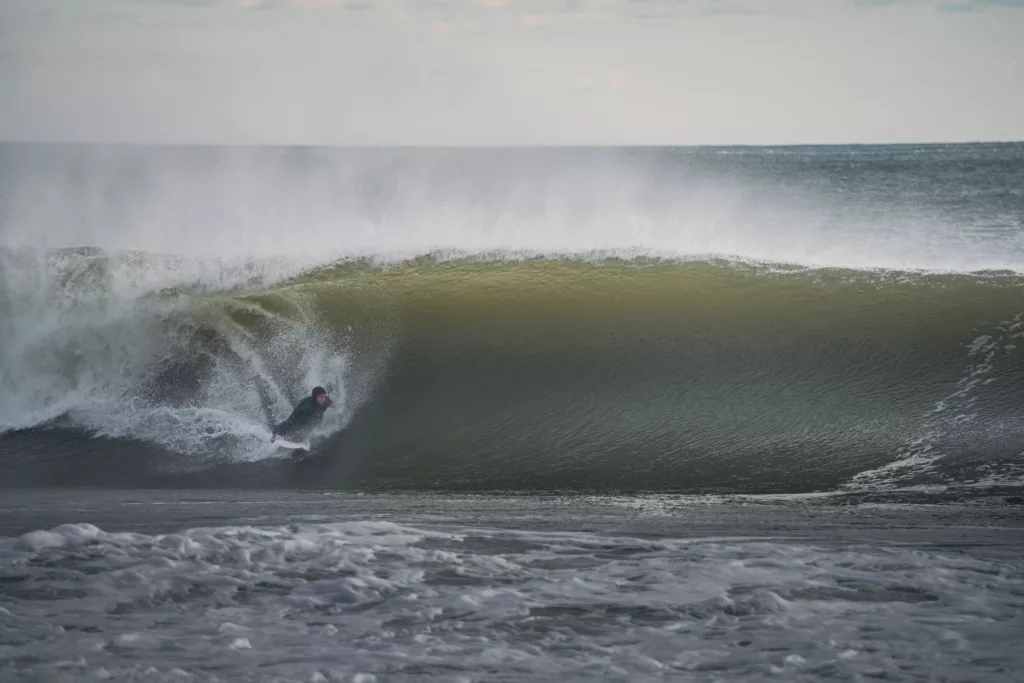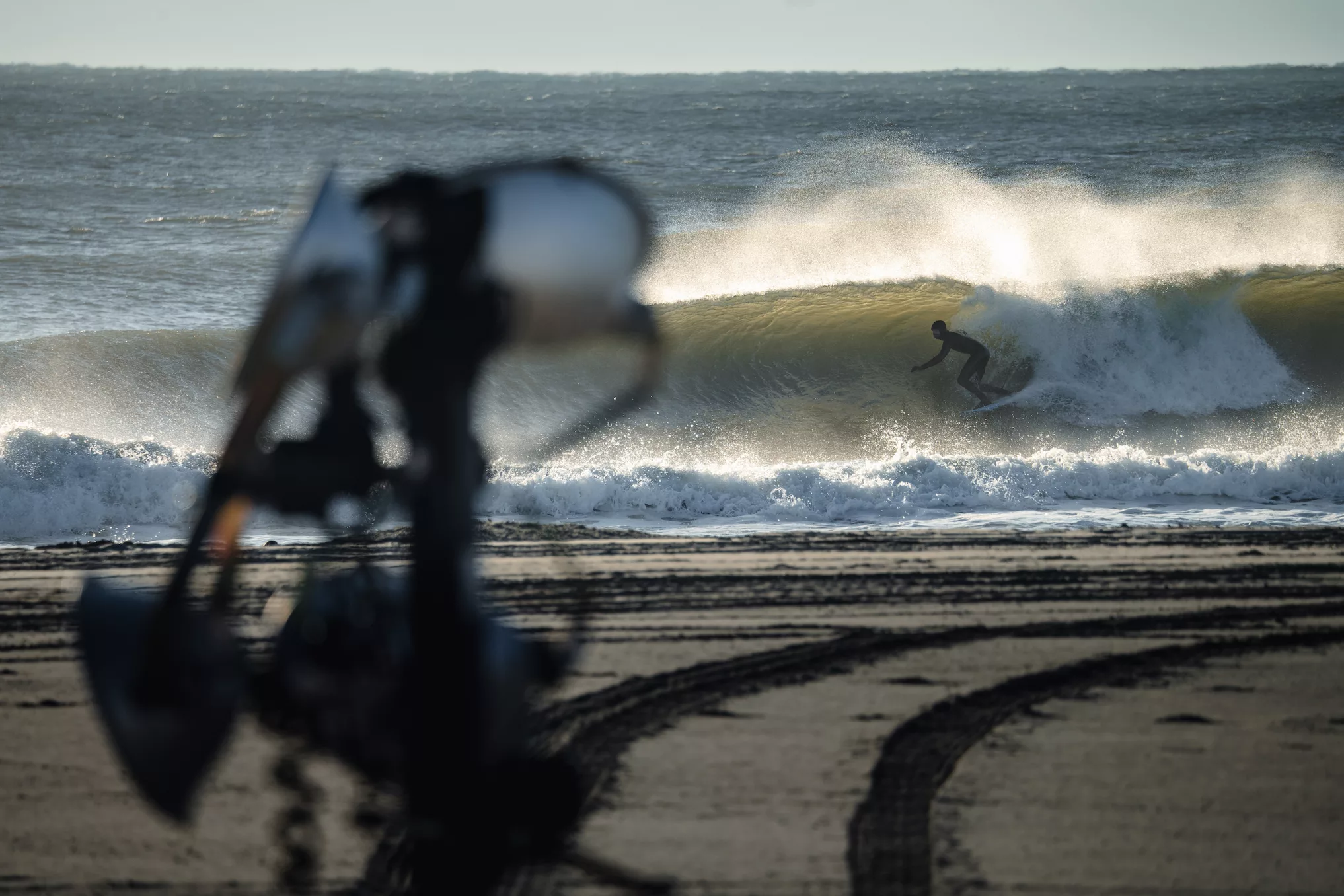Surf Pictures: Capturing the Thrill of the Wave
Ride the exhilarating wave of surf photography with pro tips on gear, technique, composition, and image enhancement for spectacular ocean action shots.
As a surfer slices through a curling tube of water or rockets across the face of a crashing wave, the moment begs to be captured on camera. The art of surf photography freezes these fleeting seconds in time and shares the stoke and adrenaline of the wave-riding experience.
Mastering surf photography requires specialized skills and gear for braving the elements and getting up close to the surf. This comprehensive guide shares insider techniques for capturing pro-quality surf shots you’ll be proud to display.

Essential Surf Photography Gear
Specialized equipment is crucial for capturing crisp, vivid surf photos in the ocean environment.
Surf Photography Camera
A DSLR camera with a fast shutter speed of 1/1000 second or higher is vital for freezing the fast action of surfers. Choose a camera with strong image stabilization and rapid-fire burst mode shooting capabilities. Top camera choices include:
- Canon EOS 7D Mark II
- Nikon D500
- Sony Alpha A7IV
Consider a weather-sealed prosumer or professional camera body for water resistance when shooting seaside.
Surf Photography Lens
Opt for a high-quality telephoto zoom lens in the 70-200mm or 100-400mm range. These long focal lengths let you zoom in tight on surfers from shore. Wide-angle lenses like fisheyes create dynamic perspectives from in the water.
Prime lenses like a 16-35mm f/2.8 capture incredibly sharp, vivid images but lack zoom flexibility. Some top surf lens options:
- Canon EF 70-200mm f/2.8L IS II
- Nikon AF-S FX NIKKOR 80-400mm f/4.5-5.6G
- Tokina 10-17mm f/3.5-4.5 fisheye

Waterproof Housing
Protect your camera with a waterproof housing or enclosure rated for surf conditions. Housings allow you to shoot in the water and prevent water damage. Look for models designed specifically for surf photography that provide complete access to camera controls.
Popular surf photography housings:
- Nauticam NA-5DMKIII for Canon 5D Mk III
- Ikelite Housing for Nikon D500
Accessories
- A circular polarizing filter reduces glare for clearer shots.
- Use a floating camera strap or flotation device to prevent losing your gear in the waves.
- A rugged tripod or monopod can stabilize long lens shots from the shoreline.
- External flashes add a pop of light when shooting surfers at dawn or dusk.
Master Surf Photography Techniques
Proper shooting strategies, composition, and camera settings are key to capturing incredible surf images.
Anticipate the Peak Action
Learn to predict the most dramatic moments of a surfer’s ride. Study wave patterns and surf conditions to identify prime photo spots.
Shoot bursts as surfers launch off the lip and barrel through tubes to freeze the height of the action. Capture wipeouts by continuing to track the surfer as they fall.

Compose Strong Surf Shots
Use compositional techniques like the rule of thirds and diagonal lines to frame the surfer:
- Place the surfer to one side to imply movement and direction.
- Frame them bottom left to top right riding the face of the wave.
- Position the surf peak at a side intersection point.
Leave negative space for them to move into. Compose horizontal and vertical formats for variety.
Optimize Surf Photography Lighting
Early morning or late afternoon sun diffused through marine layer clouds creates glowing backlight and sidelight. Contrasty overcast days also produce dramatic shots.
Use reflectors, flashes, or strobes to fill in shadows and illuminate surfers on overcast days or at dusk.
Dial in Your Camera Settings
To freeze motion, use a fast shutter speed of 1/1000 second or faster. Choose a narrow aperture like f/8-f/11 for good depth of field.
In lower light conditions, crank up the ISO. Shoot in manual mode to control settings. Enable burst shooting to machine gun surf action.
Get Close to the Surf
Don’t just shoot from the beach – wade into the surf to capture the perspective of being inside the barrel. Or paddle out on a surfboard and mount your camera to capture the view a surfer has riding down the face of a wave.

Shoot Video
Add a new dimension by capturing HD video alongside still photos. Follow individual surfers through an entire ride. Slow motion modes let you relive epic maneuvers in fine detail.
Enhance Your Images with Editing
Post-processing lets you perfect your shots with color correction, brightness and contrast adjustments, cropping, and more:
Basic Editing
- Crop images to hone in on the surfer and remove distracting elements.
- Adjust brightness and contrast to make colors pop.
- Reduce noise and sharpen detail to clean up images shot at high ISO.
- Correct color and white balance issues caused by shadows or underwater shots.
Advanced Editing
- Leverage adjustment layers and masking in Photoshop to control edits.
- Dehaze filters can restore clarity and contrast to surf shots blurred by sea spray.
- Dodge and burn to brighten up dark spots or create emphasis.

Best Editing Software
- Lightroom – Streamline basic editing and batch process multiple photos with presets.
- Photoshop – Offers more advanced editing tools.
- Luminar – AI-powered filters and presets enhance images quickly.
Surf Photo Editing Tips
- Brush on radial filters to spotlight surfers against dark water.
- Desaturate background water slightly to make subject pop.
- Add vintage effects like film grain for artistic flair.
Share and Sell Your Surf Shots
Once you’re pleased with your edited images, get them in front of an audience:
- Print and frame your best surf images to hang on your wall or display publicly.
- Build a surf photography portfolio website to showcase your work and talent.
- License your photos to surfing brands or submit to magazines and contests.
- Sell prints and merchandise like t-shirts, stickers, and canvases on sites like Fine Art America.
- Promote on social media by sharing your favorite shots and engaging with the surfing community. Hashtag images to increase reach.
Capturing breathtaking surf photography requires the perfect blend of technical excellence, creative vision, and being at the right place at the right time. As a surf photographer, you have the opportunity to share the pulse-pounding thrill of wave riding. Equipped with the right gear and skills, you can ride the wave of surf photography all the way to producing standout images.
Now it’s your turn to grab your camera and catch some waves! For more pro tips, check out our [10 Tips for Epic Surf Photography](internal link) and [Beginner’s Guide to Surf Photography Gear](internal link). Share your water adventure shots with us on Instagram



